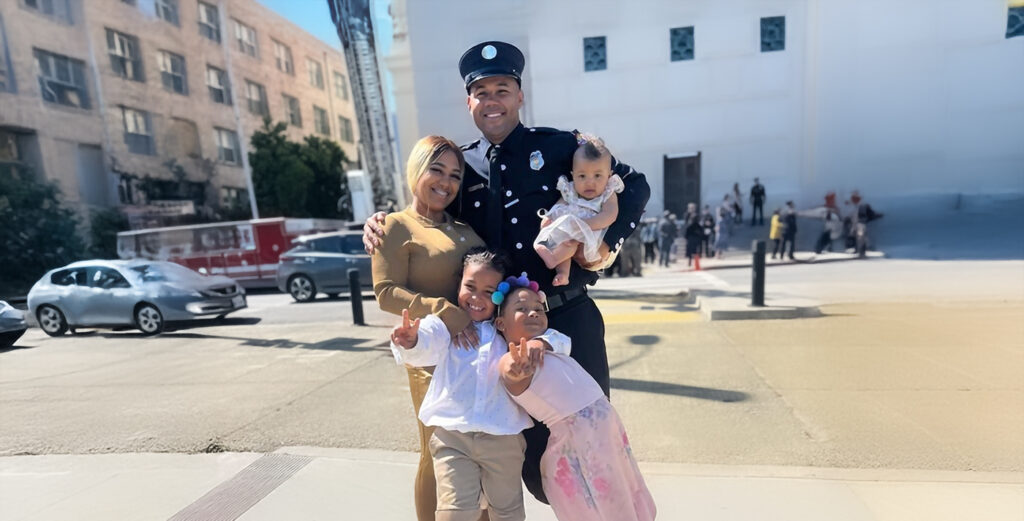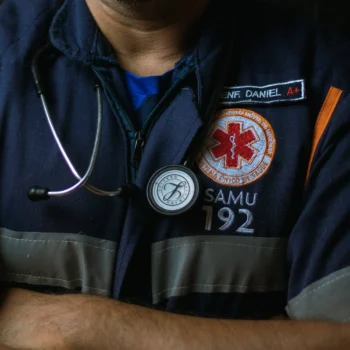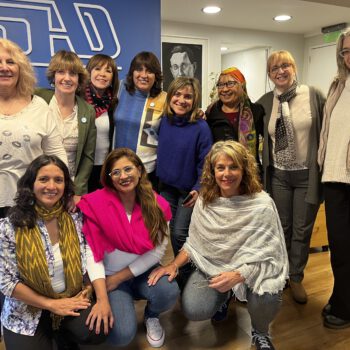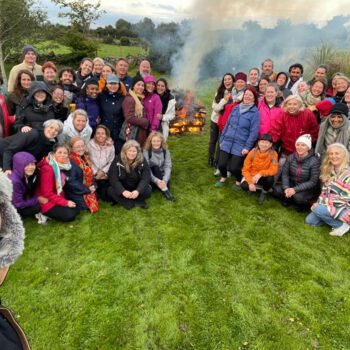The Jerome T. Murphy Professor of Practice at Harvard Graduate School of Education, Shawn’s groundbreaking work in trauma, healing and the empowerment of African American youth reshaped youth development. His “Healing-Centered Engagement” offers an asset-based approach to youth trauma and fostering resilience. An in-demand speaker and seasoned non-profit leader, he co-founded Flourish Agenda and authored,The Four Pivots, and, Hope and Healing in Urban Education.
This short edited excerpt of Dr G’s interview starts with a career defining experience and concludes with an inspiring story that affirms the power of agency. Hear his full interview on The Gifts of Trauma.

Ginwright – John’s Story Image
My passion for empowering young people was ignited by a couple of sparks. Growing up in a household where kids didn’t speak unless they were spoken to, I’ve always wanted to create opportunities for young people to have a say in their lives and schools, especially as they get older.
And then there was Michael Barnett. When he was 15 or 16 years old, at a turning point in his life, I was taking Michael to tour my College at San Diego State, but he didn’t show up. When I got back, his friends told me he’d been shot and killed. Wow! I had thought I could have an influence on this young man, and all of a sudden, he was gone. At that time I was struggling with the direction of my career, and my life. After Michael’s death I knew I wanted my work to make an impact so that this wouldn’t happen again.
Like Michael, many young people experience various forms of trauma. I was trained in trauma-informed approaches, and while it’s important, my work with young people led me to see it as incomplete. Every Thursday night I met with a group of young men, all of whom had some form of trauma. One night, after I had asked them to talk about the worst thing that happened to them, Marcus stopped the conversation by saying, “Doctor G, why do we have to talk about the worst thing that happened to us? I’m more than my trauma.” The other young men agreed with him, which shifted the conversation. They stopped talking about their trauma and began to talk about their dreams, what they hoped for…
Trauma-informed perspectives generally see young people as broken, as what happened to them. It asks, “What’s wrong with you?” What it wasn’t asking was, “What’s right with you?” My experience in the group that night led me back to the research to explore the shortcomings of trauma-informed approaches. I saw the trauma-informed approach as necessary, but incomplete. Rather than focusing solely on the medical model of trauma and individual trauma experiences, it could be completed by including the holistic environmental ways in which trauma exists in young people’s lives, and seeing their trauma (and trauma responses) as collective. So I expanded the conventional view of trauma by including reality based aspects rooted in young peoples’ lived experiences.
Another point I reviewed was the link between people’s lived trauma experience and existing behaviors. While important, this link doesn’t define them. Synyder’s Hope Theory research demonstrated that our ability to see ourselves in a possible future contributes to our sense of control, sense of agency and sense of optimism. So young people could experience trauma, and still dream about their future, still feel whole in community and still engage in prosocial activities. The existing trauma-informed approach was constraining them from having big dreams, from seeing themselves as more than their trauma. It’s like receiving a medical diagnosis that focuses on all we can’t do and fails to address what’s still possible.
After reviewing the research on trauma informed care, I named my approach ‘Healing-Centred Engagement. The word ‘care’ is a medical response that suggests something, or someone, is being treated. Engagement connotes a relationship, and a relationship can contribute to the well-being of the person. I’m not saying we should abandon trauma-informed approaches. I am suggesting a holistic blending of trauma-informed and healing-centered approaches. We can build a healing-centred model on trauma-informed approaches that focuses on cultivating the well-being of young people by seeing them as agents in their own healing process.
A story that illustrates the benefits of the healing-centred approach brings to mind a young man whose name was John. One night in the group, John had done some drugs before coming and he was high. Everyone was talking about their dreams, so he jumped in and said, “I don’t wanna open up no business, man. I really want to be a firefighter and I wanna have a family.” Everybody laughed at John because you can’t be getting high and be a firefighter. We listened as John talked about his dreams, but it didn’t seem to really change much for him.
When the group ended, I gave all of the young men my phone number. From time to time I would get a text message. I hadn’t heard from John at all, until one day, about two years later. I was in a taxi when a text came in from John. He said, “Dr G, how you doing?” I said, “I’m doing great, John, how are you? I haven’t heard from you in quite some time.” He replied, “I’m doing great.” and then his text showed three dots for the longest time. The next thing I saw on my phone was a picture of him in an Oakland firefighters uniform, with his wife and child. It was amazing! Not long after that I actually saw him in person. His fire truck was stopped right in front of the Starbucks near my home. He saw me and said, “Dr G, man, are you still doing that group? Cause that stuff works.”
I get emotional thinking about that story because it shows how, even if it’s just one light that shifts as a result of a future dream, we can create pathways. And it turns out it wasn’t just a dream. John got involved in a program for formerly incarcerated young men who wanted to train to become paramedics. He went through that program. He studied and they gave him housing and food. He worked as a paramedic for a while, until he was recruited by the Oakland Fire Department. John’s success story wasn’t just a function of good public policy, It was good public policy coming together with a young man’s sense of agency that cultivated his dream.
The Gifts of Trauma is a weekly podcast that features personal stories of trauma, transformation, healing, and the gifts revealed on the path to authenticity. Listen to the interview, and if you like it, please subscribe, leave a rating or review, and share it with others in your community.



